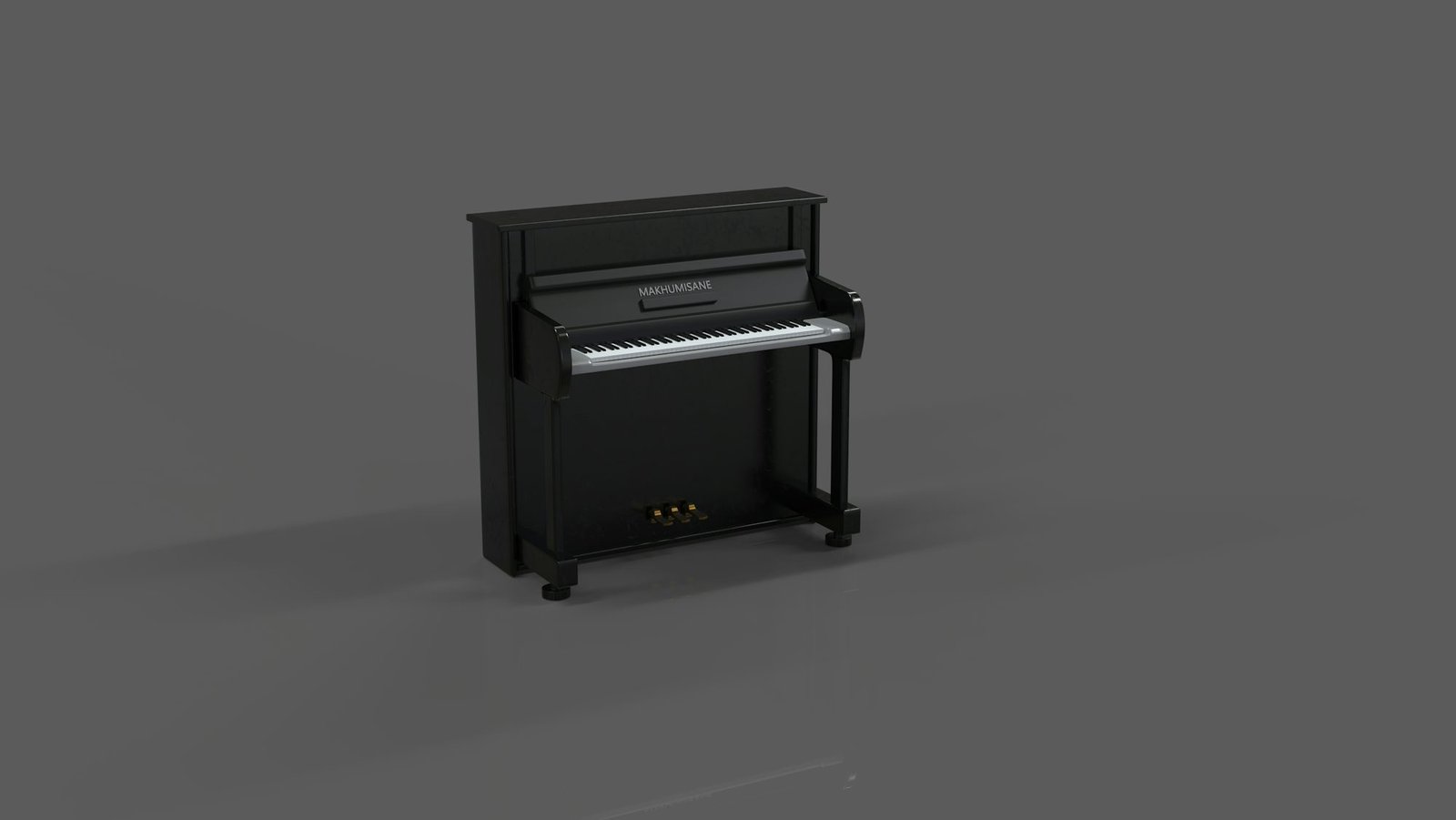
micxly.xyz
This live performance article delves micxly music into the structure and significance of piano sonatas throughout history, highlighting notable composers and stage their contributions to the genre.Piano sonatas are a cornerstone of piano repertoire, showcasing the instrument's expressive capabilities and intricate musical structures. Throughout history, the sonata form has evolved, allowing composers to explore a variety of styles and emotional depths. This article aims to provide an in-depth look at the piano sonata, its structural components, and its historical significance, while highlighting some of the most influential composers who have shaped this genre. The term 'sonata' originates from the Italian word 'sonare,' meaning 'to sound.' In its early forms, a sonata typically referred to instrumental music, as opposed to vocal music, and became a favored structure during the Baroque and Classical periods. The basic structure of a sonata typically comprises three main sections: exposition, development, and recapitulation. The exposition introduces the main themes, the development explores these themes through variation and modulation, and the recapitulation returns to the original themes, often with alterations. This structural clarity allows composers to create a narrative within their music, inviting listeners to embark on an emotional journey. During the Baroque era, composers like Johann Sebastian Bach laid the groundwork for the piano sonata. Although Bach's keyboard works often fall under the category of 'partitas' or 'suites,' many of his pieces exhibit sonata-like qualities. His use of counterpoint and intricate harmonies provided a foundation upon which later composers would build. Bach's ability to intertwine multiple melodies within a single composition set a standard for complexity and depth that would resonate throughout the evolution of the sonata form. The Classical period marked a significant development in the sonata genre, with composers such as Wolfgang Amadeus Mozart and Ludwig van Beethoven elevating the form to new heights. Mozart's piano sonatas, characterized by their elegance and clarity, exemplify the Classical ideals of balance and proportion. Pieces like the Sonata in C major, K. 545 are celebrated for their lyrical melodies and structural coherence, allowing pianists to showcase both technical skill and expressive nuance. Beethoven, on the other hand, pushed the boundaries of the sonata form, imbuing it with emotional depth and music dramatic contrasts. His Sonata No. 14, commonly known as the 'Moonlight Sonata,' exemplifies this evolution. The first movement's serene atmosphere contrasts sharply with the turbulent energy of the final movement, illustrating Beethoven's innovative approach to sonata writing. The Romantic era further expanded the emotional range of the piano sonata. Composers like Frédéric Chopin, Johannes Brahms, and Franz Liszt infused their works with personal expression, exploring themes of longing, passion, and introspection. Chopin’s sonatas, particularly the Piano Sonata No. 3 in B live performance minor, are celebrated for their lyrical beauty and intricate ornamentation. His use of rubato and expressive phrasing invites pianists to interpret the music with a deep emotional connection. Similarly, Brahms's piano sonatas, such as the Piano Sonata No. 1 in C major, combine classical structure with Romantic expressiveness, showcasing the composer’s mastery of harmony and counterpoint. Liszt, renowned for his virtuosic style, also made significant contributions to the sonata form. His Sonata in B minor is a monumental work that challenges pianists with its technical demands and innovative structure, often considered a hallmark of the Romantic piano repertoire. As we entered the 20th century, the piano sonata began to reflect the complexities of modern life and artistic expression. Composers like Sergei Prokofiev and Dmitri Shostakovich embraced new harmonic languages and rhythms, transforming the sonata form into a medium for contemporary issues. Prokofiev’s Piano Sonata No. 7, with its bold contrasts and rhythmic vitality, exemplifies this evolution, showcasing a blend of classical form and modern sensibility. Similarly, Shostakovich's Piano Sonata No. 2 reflects the composer’s unique voice, marked by irony and emotional depth, inviting pianists to navigate a wide range of feelings within a single work. The late 20th and early 21st centuries saw further experimentation with the sonata form, as composers such as Philip Glass and Ludovico Einaudi incorporated minimalist techniques and contemporary influences. Glass’s piano works, characterized by repetitive patterns and shifting harmonies, challenge traditional notions of time and structure, inviting listeners into a meditative state. Einaudi’s compositions, often blending classical and popular elements, have gained immense popularity, showcasing the sonata’s enduring relevance in today’s musical landscape. The beauty of the piano sonata lies not only in its structural components but also in the interpretive freedom it offers to pianists. Each performer brings their unique voice and perspective to the music, allowing for endless interpretations and emotional resonances. This personal connection to the sonata form fosters stage a deep relationship between the pianist and the audience, as they share in the journey of exploration and expression. In conclusion, the piano sonata stands as a testament to the evolution of musical expression across centuries. From the intricate counterpoint of the Baroque period to the emotional depth of the Romantic era and the innovative explorations of contemporary composers, the sonata form continues to inspire musicians and audiences alike. Its rich history and structural integrity provide a framework for creativity, inviting performers to explore their artistic voices while honoring the traditions that have shaped this beloved genre. As we look to the future, the piano sonata will undoubtedly continue to evolve, reflecting the diverse voices and experiences of generations to come.